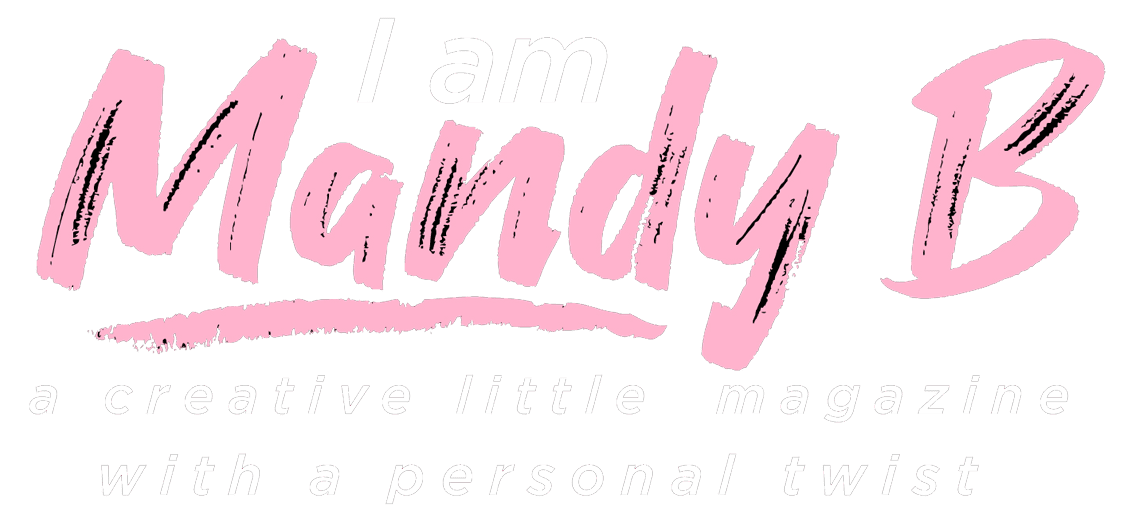The luxury goods market is highly competitive and fickle. Even iconic, long-standing brands are not immune to sudden declines or failure. The very characteristics that make luxury brands aspirational – exclusivity, high pricing, and brand identity tied to founders or designers – also make them vulnerable. When consumer tastes change or economic conditions worsen, luxury brands can quickly lose their luster.
In this detailed blog post, we will examine some critical reasons luxury brands fail. We will discuss specific examples of once-hot brands that have declined or disappeared in recent decades. Understanding why these brands failed can provide valuable lessons for luxury companies seeking to avoid similar pitfalls. Maintaining brand cachet over the long-term requires skill, innovation, and a laser-like focus on evolving consumer desires.
Why Exclusivity Can Backfire
One of the main selling points of luxury brands is their exclusivity. However, taking this concept too far can hurt luxury brands. If a brand is so exclusive that consumers never even see its products or stores, it will not have the opportunity to attract new customers. Additionally, if a brand tries to limit distribution too much, it risks being seen as snobbish or elitist.
One example of a luxury brand that cultivated exclusivity to its detriment is Vertu, a maker of luxury mobile phones. Vertu phones were handmade in England and used premium leather, sapphire crystal, and rubies. However, Vertu only opened around 100 stores globally, making it extremely difficult for consumers to find the phones, let alone buy them. Unsurprisingly, the brand needed to gain mass appeal. It filed for bankruptcy in 2017, a victim of its excessive exclusivity.
Pierre Cardin is another luxury brand that saw its exclusivity backfire. Known for avant-garde designs, Pierre Cardin was popular in the 1960s and 1970s. However, it then diluted its exclusivity by licensing its name extensively for products like sunglasses and luggage. This damaged the brand’s cachet, especially as cheaper licensed products flooded the market. Pierre Cardin is still around today but is a shell of its former self. Its zeal to capitalize on licensing revenue through overexposure destroyed its exclusive aura.
The Risks of Relying on Founders and Designers
Many luxury brands are closely tied to their founders’ and lead designers’ personalities, tastes, and reputations. However, brands are vulnerable if those key individuals leave or pass away.
The French fashion house Chanel provides a powerful example. Gabrielle “Coco” Chanel was not only Chanel’s founder but also its lead designer for decades. She crafted the brand’s distinctive aesthetic – elegant, timeless, feminine designs like the iconic Chanel suit. When she died in 1971, the brand lost its creative fuel. Chanel floundered for over a decade without a strong artistic vision. It only revived when Karl Lagerfeld became creative director in 1983 and reinvigorated the brand with his take on Chanel’s style. Chanel learned the hard way the risks of being dependent on its founder’s singular vision.
The scandal-plagued fall of Alexander McQueen also illustrates the volatility of relying too much on a founder/designer. British designer Alexander McQueen was the creative force behind his edgy, theatrical fashion house. However, in 2010, McQueen committed suicide at the age of 40. His death threw the brand into chaos, as he had provided the company’s entire creative direction. It took years for Alexander McQueen to regroup under new designer Sarah Burton. Again, too much reliance on one individual proved disastrous when that person was no longer around.
Economic Downturns Hit Luxury Brands Hard
Luxury companies face significant business challenges during recessions and periods of economic uncertainty. During downturns, consumer discretionary spending drops sharply. And lavish luxuries are one of the first spending categories that consumers cut.
The Great Recession from 2007-2009 hit luxury brands exceptionally hard. The stock prices of LVMH, Richemont, and Burberry declined over 50% during this period as sales plummeted. Customers switched to more affordable lifestyles and options.
Some luxe companies folded entirely during recessions because their high-end positioning depended on the free-flowing credit and robust spending of economic booms. Examples include Escada, which filed for bankruptcy in 2009, and Gianfranco Ferre, which went bankrupt in 2008. With their target customers curtailing spending so severely, these brands could not survive the economic turmoil. Their lofty prices and narrow market positioning left them completely exposed.
The early 2020s COVID-19 pandemic triggered another massive economic contraction that has similarly battered certain luxury brands. Shuttered stores, supply chain problems, and spending cutbacks on high-end goods have all eroded luxury sales. While the pandemic impact will likely be temporary, it again demonstrates the vulnerability of luxury brands to macroeconomic forces beyond their control. Brands focused on hyper-expensive products are the most at risk.
Getting Stuck in the Past
Luxury brands often derive identity and inspiration from their heritage and archives. However, dwelling too much on the past can be dangerous for fashion brands if they lose touch with current trends and consumer desires.
Once renowned for its Minimalist-chic aesthetic in the 1990s, Jil Sander struggled in the 2000s as fashion moved on, but the brand did not evolve. Unexciting designs and weak management led to declining sales. After multiple changes in ownership, Jil Sander is only now starting to regain creative momentum and refresh its brand image. However, focusing too intently on reliving its 1990s peak caused the brand to falter.
Lanvin is another fashion house that got stuck in the past. Founded in 1889, it became synonymous with elegance and sophistication. However, Lanvin rested on its laurels rather than keeping up with younger brands. Its lack of modern styles and exciting marketing led to its downfall in the 2010s. In 2015, Lanvin posted a record loss of $26 million. Again, dwelling too much on history left Lanvin out of touch and unappealing to new luxury consumers.
Brands that become complacent or look backward rather than forward put themselves at existential risk in the fast-moving luxury goods market. Customers, trends, and competition are constantly evolving. The past is no refuge.
Failing to Understand Changing Consumer Values
Shifting consumer values and demographics can catch luxury brands off-guard if they don’t stay alert. Younger luxury consumers increasingly care about transparency, sustainability, diversity, and more. Brands that need to catch on to these evolving priorities risk irrelevance.
At Escada, leadership needed to recognize shifting consumer attitudes. It doubled down on outdated strategies like animal fur and conspicuous logos. This led the brand to lose cachet, especially with millennial shoppers. Escada filed for insolvency in 2018, beset by debts and waning customer interest.
Societal demand for sustainability has also disrupted companies that tethered themselves to unsustainable operating models. Fur retailer Neiman Marcus faced growing backlash and deteriorating sales as young luxury shoppers shunned fur products over ethical concerns. Neiman Marcus shuttered all its fur salons in early 2023, but the shift came too late to avoid significant financial troubles.
Luxury brands cannot take their core customers for granted. As values and priorities change, brands must demonstrate that they understand evolving consumer expectations through words and actions. Brands that need to adapt their identities, product offerings, and business practices get included.
Recommendations
The failures of once-dominant luxury brands offer important lessons for companies operating in the volatile, hyper-competitive luxury space:
- Avoid excessive exclusivity that most consumers cannot access or afford. Ensure products are visible and available (but still limited) to nurture desire.
- Cultivate creative leadership beyond specific founders/designers to ensure stability if those individuals leave.
- Be financially prudent during economic expansions to survive downturns. Have flexibility across pricing tiers and savings to endure shocks.
- Maintain awareness of current trends and consumer tastes. Adapt and evolve design aesthetics to stay relevant rather than rehashing past styles.
- Embrace sustainability, diversity, transparency, and other emerging consumer values. Integrate these values authentically into operations and branding.
The luxury goods market will only get more dynamic and competitive. Brands cannot stand still but must remain vigilant – adapting to new challenges and discontinuities in the global luxury sector. By learning from the mistakes of failed brands, companies can set themselves up to thrive over the long term. Past triumphs are no guarantee of future success.
Conclusion
Achieving longevity as a luxury brand is challenging, as some once-renowned names like Vertu and Escada have discovered. But by avoiding the pitfalls discussed in this post – excessive exclusivity, over-reliance on founders, failure to adapt – luxury companies can put themselves in a stronger position to withstand market headwinds. Of course, there are no guarantees in the luxury business. Consumer desire is inherently inconsistent. But the brands with the best chance of long-term success closely tune into consumer values, trends, and economic conditions and respond nimbly to capitalize on them. For luxury companies, constant evolution and reinvention are essential to remain aspirational over generations rather than fade into obscurity.




